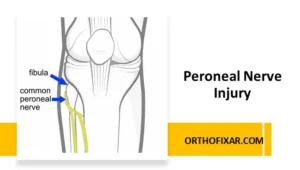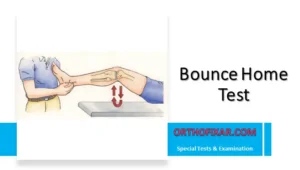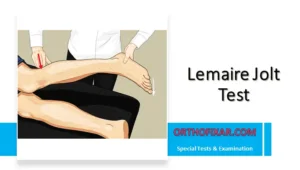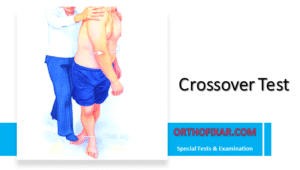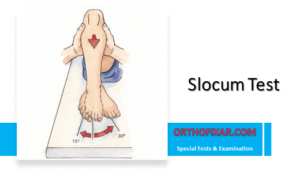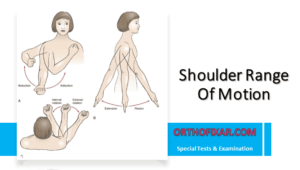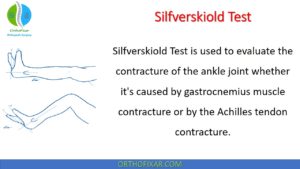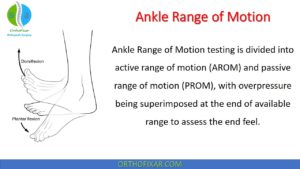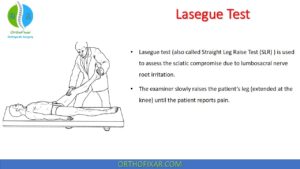Kernig Sign & Brudzinski Sign
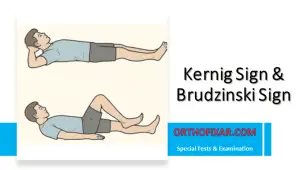
Kernig Sign & Brudzinski Sign are classical neurological examination maneuvers used to detect meningeal irritation, which may occur in conditions such as meningitis, subarachnoid hemorrhage, or meningeal carcinomatosis. Both tests rely on the observation that inflammation of the meninges causes resistance and pain when the meninges and spinal nerve roots are stretched.
These signs were described by two physicians in the late 19th century:
- Brudzinski sign – described by Polish physician Józef Brudzinski (1874-1917)
- Kernig sign – described by Russian physician Vladimir Kernig (1840-1917)
How to perform Kernig Sign & Brudzinski Sign?
Brudzinski Sign
The patient lies supine, with hands cupped behind the head. The examiner instructs the patient to flex the head onto the chest actively.
A positive Brudzinski sign is present if this neck flexion causes involuntary flexion of the hips and knees, or if it elicits pain along the spine or posterior thigh.
Interpretation:
Neck flexion stretches the inflamed meninges and spinal roots, producing pain or causing a reflex flexion of the lower limbs to reduce the tension.
This finding suggests meningeal irritation.
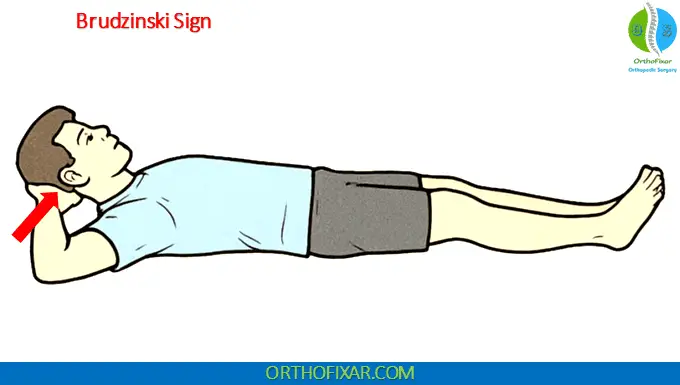
Kernig Sign
With the patient still supine, the patient (or examiner) flexes the hip and knee to 90°. The patient then extends the knee while maintaining hip flexion.
A positive Kernig sign occurs when pain or resistance is felt in the posterior thigh or lower back during knee extension.
Interpretation:
Extension of the knee in this position stretches the sciatic nerve and meninges. Pain or limitation of movement indicates irritation of the meninges or lumbosacral nerve roots.
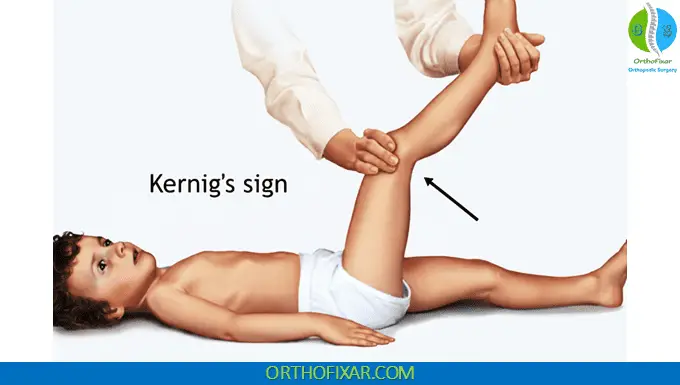
See Also: Lasegue Test | Straight Leg Raise Test
Combined Brudzinski–Kernig Test
When performed together, as sometimes described, the patient actively flexes the neck while raising the extended leg until pain occurs. The pain is relieved when the knee is flexed.
This active version mirrors the mechanics of the Straight Leg Raise (SLR) test, but it is done by the patient rather than the examiner.
Positive test: Pain reproduced during neck flexion or leg elevation that diminishes with knee flexion indicates meningeal or dural irritation.
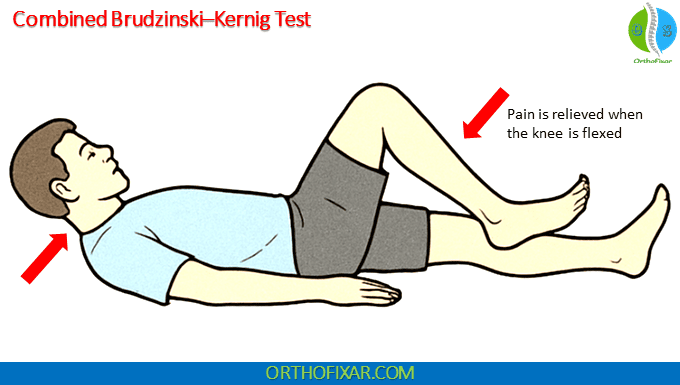
Clinical Significance
- Positive findings suggest meningeal irritation, commonly seen in:
- Bacterial or viral meningitis
- Subarachnoid hemorrhage
- Lumbar meningeal inflammation or nerve root irritation
- These signs are supportive findings and must be interpreted alongside other clinical features such as fever, headache, neck stiffness, and photophobia.
Summary Table
| Test | Method | Positive Response | Indicates |
|---|---|---|---|
| Brudzinski sign | Flexion of neck while supine | Involuntary hip and knee flexion or pain | Meningeal irritation |
| Kernig sign | Hip flexed to 90°, attempt to extend knee | Pain or resistance in posterior thigh | Meningeal irritation or nerve root stretch |
| Combined Brudzinski–Kernig test | Active neck flexion with leg raise | Pain relieved by knee flexion | Dural or meningeal irritation |
Sensitivity & Specificity
It’s important to note that while these signs are classic and time-honored:
- Sensitivity is relatively low (approximately 5-50% depending on the study)
- Specificity is higher (approximately 70-95%)
- A negative test does not rule out meningitis
- A positive test increases clinical suspicion but must be interpreted in context.
References & More
- Brudzinski J. A new sign of the lower extremities in meningitis of children (neck sign). Arch Neurol. 1969;21:217.
- Wartenberg R. The signs of Brudzinski and of Kernig. J Pediatr. 1950;37:679–684. PubMed
- Kernig W. Concerning a little noted sign of meningitis. Arch Neurol. 1969;21:216.
- Orthopedic Physical Assessment by David J. Magee, 7th Edition.

